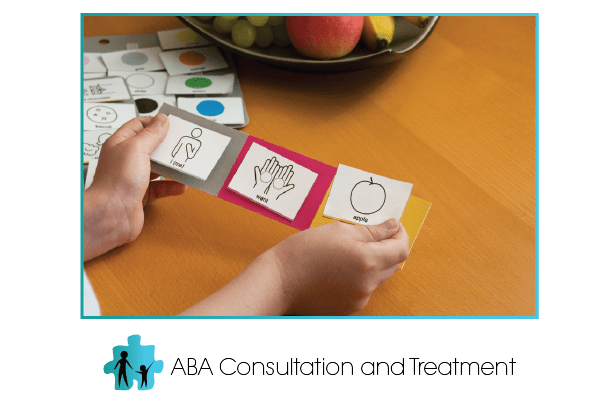As we enter over a year into the COVID-19 pandemic health experts are still advising us to continue to wear masks for the near future to help limit the spread of the disease. Some children may still struggle to wear a mask or keep it on. This is especially true for children with anxiety, sensory sensitivities and autism. Below are some tips for helping your child wear a mask and keep it on.
Tip 1: Consider how the mask looks and how they can wear it.
Your child may be more likely to wear a mask if it has their favorite characters, colors, sports teams, or special interests on it. Fun varieties of masks can be found on sites like Etsy. Try to provide your child choices of what masks to wear. This can empower them and make a required activity more manageable.
Some children, especially those with sensory needs, may be more likely to wear a mask if they find it more comfortable. You can find masks that have extenders or ear savers that put pressure on the back of the head (like straps for glasses) instead of on the back of ears. There are also headbands with buttons that can be attached to masks that also take away stress from the back of the ears. Another option are masks with around-the-head straps that tie around the back of your head much like you would tie a shoe.
Tip 2: Prepare your child for mask-wearing.
Setting your child up for success with wearing a mask may require some practice before going
out in public:
- Explain to your child whyit’s important to wear a mask. Try to keep it positive, you can say something like, “We wear masks so we can keep ourselves and others safe”, and “When we wear a mask, we try to make sure the virus can’t jump from person to person”
- Model how to appropriately wear a mask to your child. You can also practice mask-wearing with favorite dolls, stuffed animals, etc. and talk about how their favorite toy/character wears a mask to stay safe.
- There are also kid-friendly Youtube videos that you can show to your child to help them understand why it’s important to wear a mask.
Tip 3: Introduce the mask slowly to children very uncomfortable with it.
Consider these steps for children who need extra time to get used to wearing masks:
- Encourage your child to first touch and hold the mask. Try to make it fun and reinforce these first steps with praise and/or other small rewards.
- Help your child get used to the mask touching their face without putting it on. Make a game out of it and keep it fun.
- When your child is ready to start wearing the mask, start slow. You can have them just wear it for a few seconds at first and reward them. Then continue to build up the duration of time and again, make it a game and fun.
- When your child is comfortable wearing the mask for a little while, try having them wear it while engaging in other preferred activities around the house such as watching TV or playing video games.
Tip 4: Extra recommendations for when your child goes out with their mask.
- Set rules. It may be helpful to come up with clear rules about when, whereand why they need to wear a mask. Some children may benefit from visual aids to help them know when they need to keep their mask on.
- Make time for breaks. Make sure to give your child a clear way to ask for breaks when they’re out wearing a mask. You can find a way to remove yourself from other people for a few moments to take a break from the mask.
- Reward mask-wearing. Rewards can be very motivating to getting your child to cooperate. Set up something before going out on how you can reward your child for wearing a mask and staying safe.
Resources:
Cavanaugh, B., Aponte, C. August 19, 2020. Masks toolkit. University of Rochester Medical Center. Retrieved from: https://www.urmc.rochester.edu/strong-center-developmental-disabilities/resources/masks-toolkit.aspx



